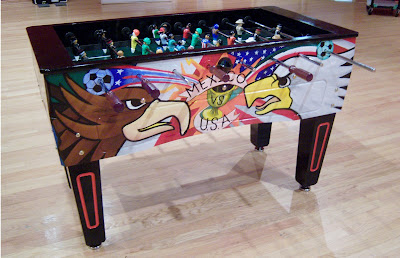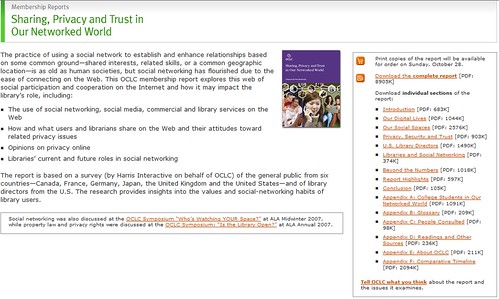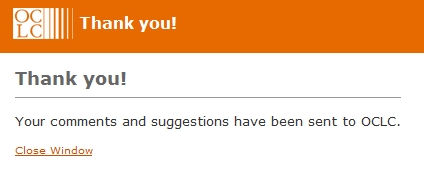
The latest project by Juan and Ricardo Compean.
The “Immigration Cup 2008” is a customized foosball table, which takes a humorous approach on the current immigration debate in America. It is on exhibit as part of the “Declaration Of Immigration” art show at the National Museum of Mexican Art (NMMA) in Chicago, IL.In addition to seeing a first class art exhibit featuring the works of over 70 artists, the fine people at the NMMA are allowing visitors to PLAY the “Immigration Cup 2008” foosball table during museum hours!!Please visit www.13por13.com to see images and read more about the “Immigration Cup 2008” project.The exhibit, which runs from July 4h 2008 to September 7th 2008, will launch the Museum’s 3-year commitment to immigrant centered programs.For museum information please visit NMMA at: http://www.nationalmuseumofmexicanart.org/If you are interested in seeing images from the show please go to:http://www.zimbio.com/pictures/6PPuCX6Ti-S/Immigration+Themed+Art+Exhibit+Opens+Chicago/MRIIHdfCk63The museum exhibit is also mentioned in articles found using the following links:http://www.washingtonpost.com/wp-dyn/content/article/2008/07/08/AR2008070802728.htmlhttp://travel.nytimes.com/2008/06/29/travel/29next.html?scp=1&sq=chicago%20latino%20neighborhood&st=cseLisa Alvarado
From my friend Lisa Alvarado, the following bit of news. Congratulations Lisa!!
Lisa Alvarado's Mexican Woman's Toolkit, Sin Fronteras is a large floral
tote bag hanging on wooden pegs, which visitors are invited to rummage
through. The bag belongs to a Mexican domestic in WWII-era Chicago: her
life is service to others, she has no privacy.
http://www.flickr.com/photos/markart/2414858942/
Reimagining The Distaff Toolkit
"Reimagining the Distaff Toolkit" is an exhibition of contemporary art,
each of which has, at its visible core, a tool that was important for
women's domestic labor in the past (the 18th century through World War
II). The old tool becomes the fulcrum for a work of art. Each work and the
exhibit as a whole have the power to speak to viewers independently,
Artists are placing objects such as a dressmaker’s figure, diapers,
graters, grinders, needles, pins, pots, pans, baskets,
garden-seed-packets, rakes, hoes, dress patterns, dish-rags, rolling pins,
brooms, buckets, darning eggs, knives, rug-beaters, and other tools at the
center of their work. One piece will have an early 19th century distaff at
its visible core. Part of the point of this exhibition project is to
explore the idea of "seeing as context." As I imagine the process here, I
look at a tool that facilitated very hard and repetitive labor and that
evokes women's degradation as domestic drudges. I look again, through my
early 21st century eyes, at a moment when "old tools" have become
commodified and expensive, and I see costly beauty. Reimagining the
distaff toolkit for the purposes of this exhibition might include
(overlapping) gestures in any of the following directions – or other
directions – history / memory / gender / labor / material culture /
household objects / family relations / power and powerlessness / drudgery
/ craft and beauty. Reimagining the Distaff Toolkit puts utility in
conversation with art, the past in conversation with the present.
March-May 2008 Bennington (VT) Museum
Oct-Dec 2008 The Mead Museum, Amherst College
Jan-Feb 2009 Morris Museum, Morristown, NJ
March 2009 Oklahoma State University
Sept-Dec Union College, Schnectady, NY
http://ionarts.blogspot.com/2008/04/double-double-toil-and-trouble.html
--
Lisa Alvarado, poet, novelist, literary critic
It’s taken a long time for them to release this, but OCLC has finally made their Sharing, Privacy and Trust in Our Networked World report available for free on the web.

“The practice of using a social network to establish and enhance relationships based on some common ground—shared interests, related skills, or a common geographic location—is as old as human societies, but social networking has flourished due to the ease of connecting on the Web. This OCLC membership report explores this web of social participation and cooperation on the Internet and how it may impact the library’s role, including:
- The use of social networking, social media, commercial and library services on the Web
- How and what users and librarians share on the Web and their attitudes toward related privacy issues
- Opinions on privacy online
- Libraries’ current and future roles in social networking
The report is based on a survey (by Harris Interactive on behalf of OCLC) of the general public from six countries—Canada, France, Germany, Japan, the United Kingdom and the United States—and of library directors from the U.S. The research provides insights into the values and social-networking habits of library users.”
I’ve heard OCLC staff say they don’t believe they asked the right questions for some of the topics, which I agree with, so I think we have to take the data with the proverbial grain of salt. You’ll be able to order a 280-page paper copy starting October 28, which is how I’ll read this if I can get my hands on a copy. I couldn’t totally resist, though, so I did jump ahead to the conclusion (PDF) and already I’m intrigued.
“In the 18 months since the publication of the Perceptions of Libraries and Information Resources report, the use of search engines and e-mail has grown by more than 20% over what were already enormous participation levels. User participation in basic Internet services, such as searching and e-mailing, is approaching total participation. More than twice as many respondents are using blogs now as then….
Internet use has not simply increased, it has infiltrated our lives, offering more and more services at more and more service points. Use has grown for almost every Internet service we measured in this survey—well, almost every service.
The percentage of Internet users that have used a library Web site has decreased. Library Web site use declined from 30% of respondents in Canada, the U.K. and the U.S. in 2005 to 20% of the general public in these same countries in 2007, a 33%
decrease….
The more intriguing question is—what are the services and incentives that online libraries could offer users to entice them to come back or to visit more often or even devote some of their own time to help create a social library site?…
If convenience does trump quality, then it is the librarians’ job to make quality convenient. If sharing will trump privacy on the social Web, it is the librarians’
On the social Web, the library brand must go from institutional to personal….
The social Web is not being built by augmenting traditional Web sites with new tools. And a social library will not be created by implementing a list of social software features on our current sites. The social Web is being created by opening the doors to the production of the Web, dismantling the current structures and inviting users in to create their content and establish new rules.
Open the library doors, invite mass participation by users and relax the rules of privacy. It will be messy. The rules of the new social Web are messy. The rules of the new social library will be equally messy. But mass participation and a little chaos often create the most exciting venues for collaboration, creativity, community building—and transformation. It is right on mission….
The new Web is a very different thing. Libraries need to be very different, too.”
Now, I give full credit to OCLC for running, analyzing, and publishing (especially freely) this report (I so wish MPOW published this kind of wonderful data this freely), but I have to dock them points for the way they invite feedback on this report. On social networking. And sharing online. And privacy concerns.

Where do the points come off? The only way to submit feedback is via a form that has your name and email address as required fields and which sends the message off into the ether instead of posting it online. No discussion at all on the report’s site. Given the social efforts OCLC is making elsewhere (WorldCat, WebJunction, etc.), I have to believe they have something in the works that just wasn’t ready yet, but this certainly does fill the belly of the irony beast.
oclc,
report,
sharing online





